If you do locate a winter leak in your pool, certainly try to patch it, or make a repair to the leak. More damage to walls, liners or surrounding pool decks can occur by ignoring a winter vinyl pool leak. If you cannot patch or find a leak in your vinyl pool, due to the cold weather, fill the pool to keep it at least half full – to protect your pool liner and pool walls.
Who Cares if the Pool Leaks in Winter?
The larger concern is for the pool cover and the pool itself. The water level in your pool supports the pool cover, and if it drops too low – floating solid covers can fall in the pool, and anchored safety covers can become damaged under a heavy snow load. In addition to a potential problem with the pool cover, without water pressing up against the walls of the pool, the walls can begin to bulge or lean inward. Third, if enough water goes out of the pool, this can expose the liner to the elements, and allow it to relax and pull away from the wall.
For Above Ground Pools
Is your above ground solid pool cover pulling down towards the water or tearing (at grommets, edge seams or even center seams) around the cover? These are signs that would give concern that you may have a winter pool leak. Mesh pool covers will drain water and will not give the same indications unless the water has frozen and is not draining.
For Inground Pools
If you use a solid type of in ground winter cover and have noticed that your pool cover and water tubes are slipping into the pool or are now in the pool, check that your cover pump is not pumping out pool water through a hole in the pool cover. This can be very common, and can give pool owners the false impression that their pool is leaking.

Inground pool leaks can be harder to determine, as underground plumbing is also a factor. If the pool cover seems to be dropping, you can simply remove the water tubes and let the cover drop in the pool. This is the reason that you should use water tubes rather than other objects which can damage the cover or the vinyl pool liner. Alternatively, you can fill the pool, beneath the pool cover to replace the leaking pool water. Make a hole along the edge of the ice to insert the hose, don’t put water on-top of the ice!
Finding a leak in your pool during freezing locations is not impossible, but the cold weather makes it less fun. You can simply remove the cover in the pool and deal with it your outside temperature will allow for a repair. Just be sure to not allow the pool water to drop too low; keep half of your water level in the pool at all times.
When the Pool is Frozen
If you have a leak in an above ground pool that has allowed water to leave the pool under a layer of ice, there is nothing now supporting the ice. You can’t access under the frozen section, the most you can do is to keep adding water (on the edge) to try to support the ice layer. If this ice layer falls, it can rip and tear vinyl liners on it’s way down.
To protect the cover, release the winch and remove the cable from your winter cover, then simply let the cover fall into the pool. In freezing locations that see snow build up on the covers, you do not want to have a lot of tension on the cover. If you have a leak in your vinyl liner other than trying to add water to fill the void between an ice layer and a water level there is not much you can do to repair a leaking vinyl liner during winter.
The ice level will drop, as will the released cover after the temperature rises. This is the reason to try and maintain a water level under the ice sheet. Damage to your vinyl liner can occur as the ice formation slides down the pool wall. Again, you can add water, but if it drains out rather quickly you will need to make the call if you want to continue filling the pool to replace the leaking water.
How to Tell if a Closed Pool is Leaking Water
Keep an eye on the water level during winter. If the pool is covered, you can tell by how a solid cover lays across the pool surface — if it tightens, or begins to slip toward the pool, that’s a good indication that some pool water is escaping.
If you do use a solid pool cover with a cover pump, be sure that you’re not pumping out pool water through small holes in the pool cover! Place the cover pump far away from any suspected holes, or place the pump on an upside-down Frisbee, to help prevent the cover pump from pumping out pool water.
Safety covers, those that anchor in the deck, will make vinyl liner leaks harder to find. With your cover tool, remove springs on one corner to check water level, or you can lift the skimmer lid and reach in through the skimmer to touch the water at the surface. Or on a sunny day, you can kneel down next to the pool and cup your hands around your eyes with your nose touching the mesh pool cover. This will allow you to see through a mesh cover to inspect the water level.
Other leak detection methods for vinyl pools include inspection of the ground around the pool, or downhill from the pool. Especially for above ground pools, soft and spongy areas outside of the pool, or areas where the grass is a bit greener, are strong indicators that the pool is leaking, and probably close to that area.
How to Find a Vinyl Pool Liner Leak in Winter
The first task is to locate the leak (or leaks) in the pool. If the plumbing lines are winterized and plugged, you can rule out these as leak sources. That leaves the pool light, step sections and anywhere else that the liner was cut on purpose (return and skimmer wall plates).
Pool lights can also leak out of the back of the light niche, where the light cord exits the niche, to enter the conduit. This can be patched with pool putty or silicone rubber, but the best repair for pool lights could be the Cord Stopper.
Of course, vinyl liners can also leak when they are punctured, or become brittle from chemicals and ultraviolet light. When the vinyl liner is leaking, the hole may be very small and hard to find. One giveaway is noticing small bits of debris stuck onto the vinyl, at or near the water line. The waterline itself is another giveaway, assuming that the leak has stabilized at a particular level. Use our Dye Test Syringes, to dye test suspect areas around the pool. Wear a dive mask so you can see if the dye is being sucked out of the pool.
If your pool is covered for the winter, you’ll want to remove the cover for a complete leak analysis. In many cases, the cover can be folded on itself towards the middle of the pool, so that it’s just covering the center of the pool’s length.
Patching a Leaking Vinyl Pool Liner in Winter
There are three types of patches for patching vinyl pool liners:
- Liquid Patch, which squeezes out of a toothpaste type of tube, and is smoothed with your fingers
- Self-Adhesive patches. Cut to a rounded shape, 20% bigger than the hole, and just peel and stick.
- Wet/Dry patch kits. Cut out a rounded vinyl patch, spread glue and quickly stick it over the hole.
In my opinion, liquid pool patch is the easiest to use and most durable, followed by the Wet/Dry vinyl patch kit. The self-adhesive type of patches are good for a quick fix, but may begin to peel and curl on the edges after some time.
There is another solution available for pool leaks, using Marlig’s Fix-a-Leak, which is an emulsion chemical that seals up leaks the way blood cells clot and form a scab on minor skin cuts. Fix-a-Leak is most effective when you know where the leak is, so that the product can be concentrated in one area. It can be used to seal up leaking faceplates, pipes, lights, steps or vinyl – but works best when you can build a large box of wood or plastic, to isolate the area and contain the chemical for a few hours.
Leaking face plates, around steps, skimmers, drains, returns or lights can sometimes be fixed by tightening the faceplate screws, using a large #3 Phillips screwdriver. Turn the screws very tightly, or use a cordless drill. Be sure to use only the correct factory screws, others may rust or not tighten fully.
If tightening the screws does not stop the leak, replacing the gaskets and possibly the face plate will be the next step. You can find vinyl pool gaskets and face plates in our skimmer parts department, and on our skimmer accessories page.
Waiting Until Spring to Patch The Liner
That is always an option – if the leak is not too fast, and you are having trouble locating or patching it during winter, you could Add Water to fill the pool back up, and keep a close eye on it, adding more water as needed.
Come springtime, when the cover is removed, look closely for debris stuck into small holes in the vinyl, or around any of the “made on purpose” cuts in the liner, such as the pool light, returns, skimmer and steps.
But – if you can patch it now, that’s by far a better strategy, to protect the liner, the pool and the pool cover from potential damage from low water levels.

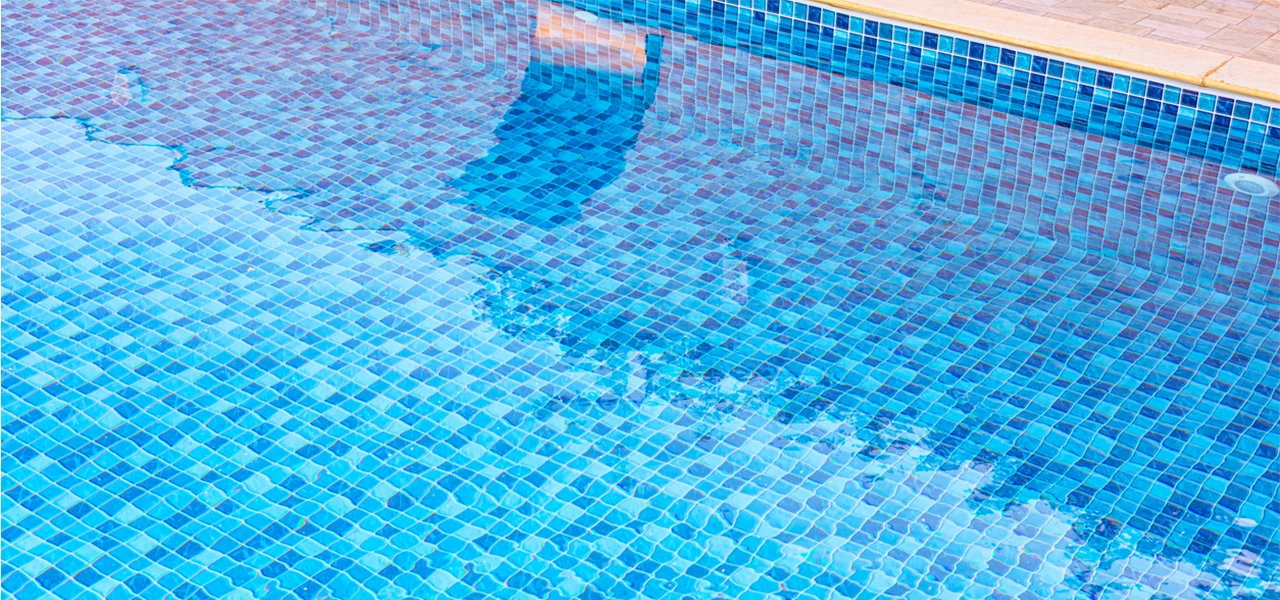
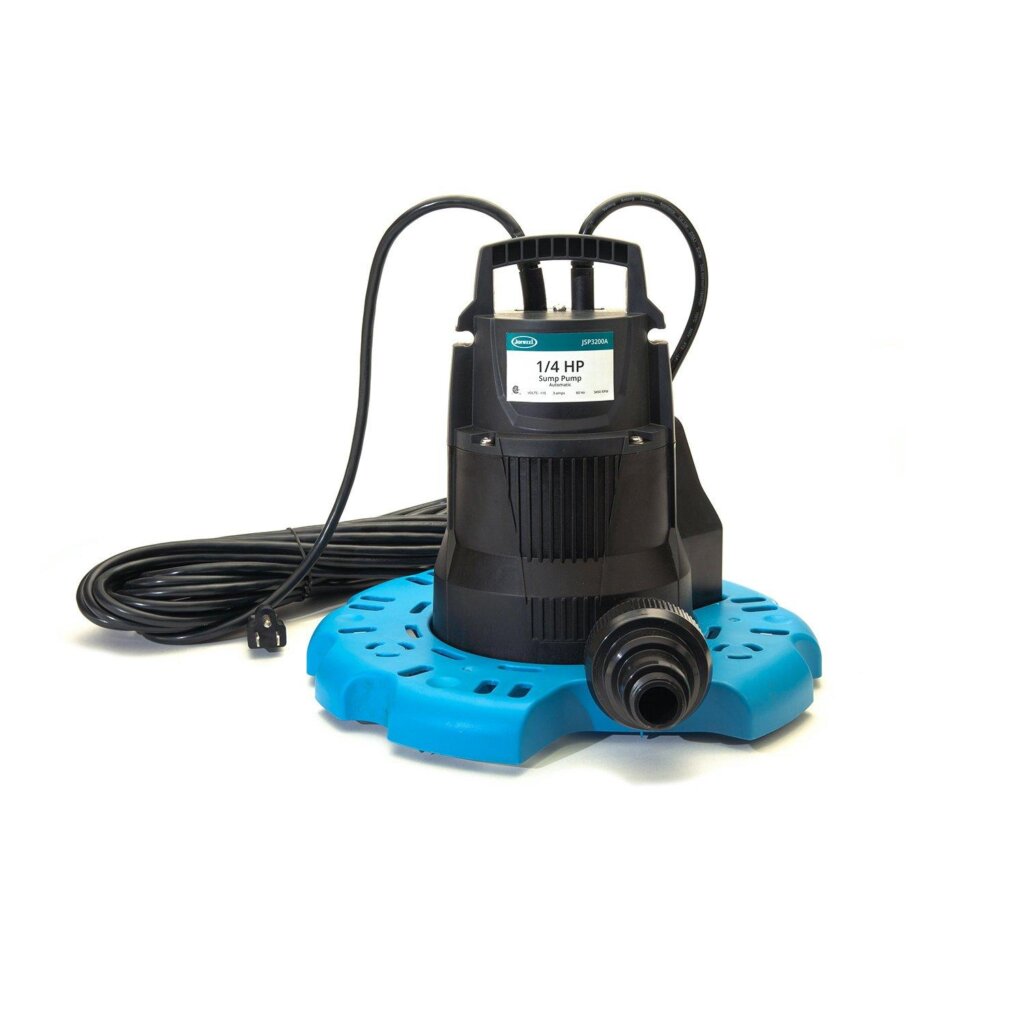
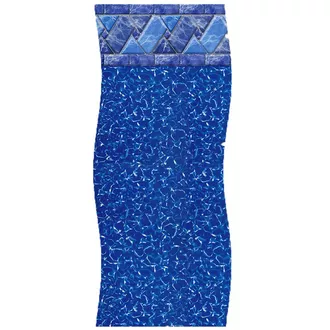
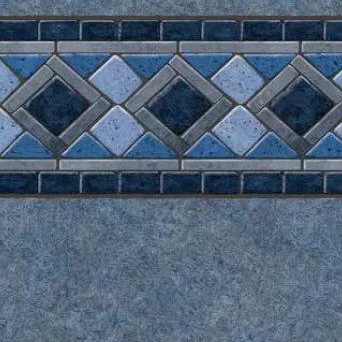
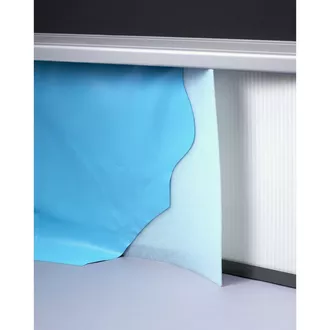
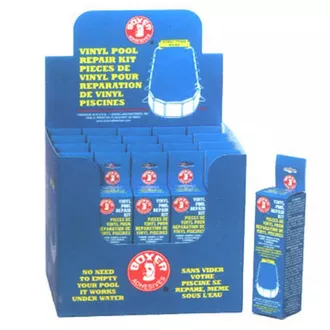
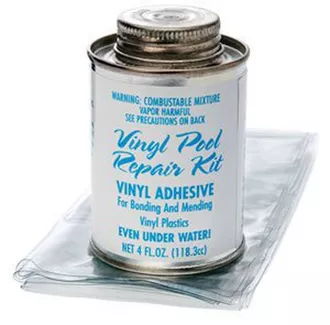
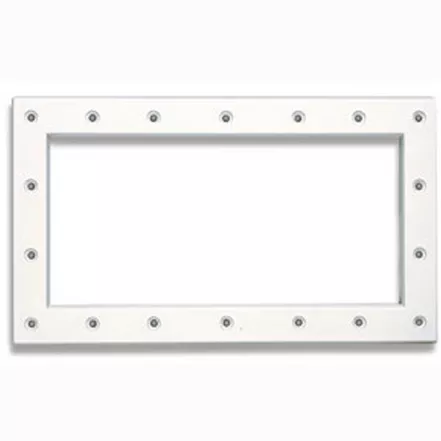
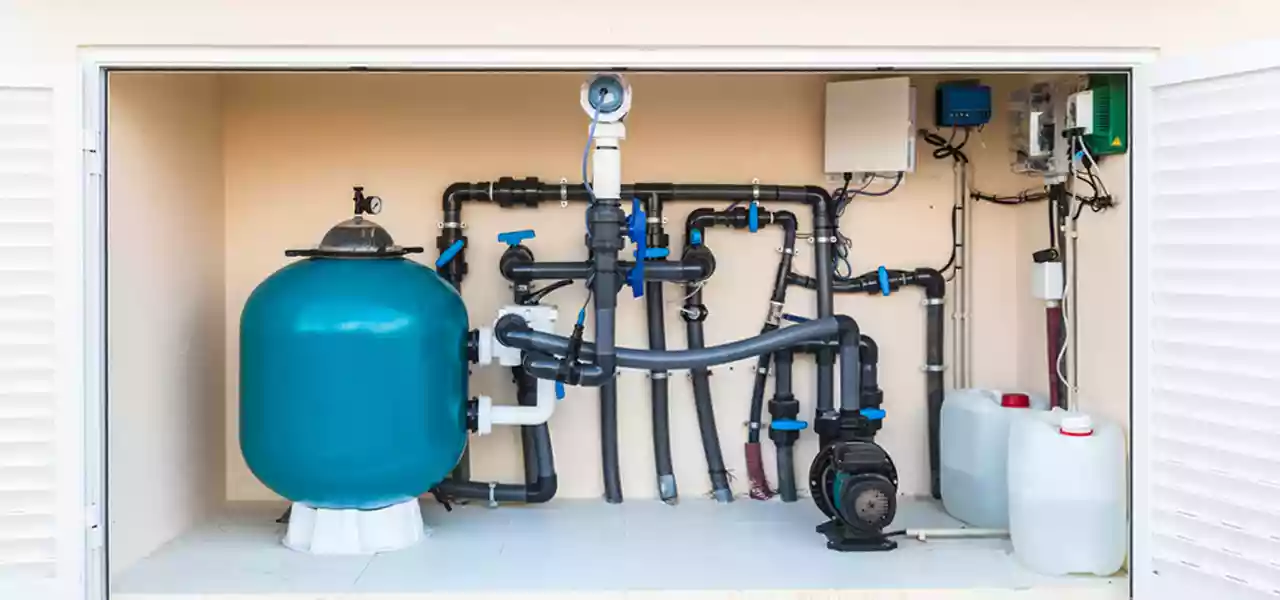
Our above ground pool lost water in january. 24 ‘ round should have been frozen solid at -35. At least the walls were thought to be frozen and no fluid to flow. Now this month the water in the pool is at about 19 inches , everything thawed, cannot find a hole in the sidewall anywhere.
Thought- if wall was frozen , hole must be in floor.
If hole is in floor why is it holding water now?
Aliens?
What to do?
Hi Russell, I wish I had a good answer, because I hear this comment all the time. My only theory is that the pressure from the ice sheet on top of the pool surface, which can be quite thick in northern areas, up to a foot thick… places pressure on the water beneath, which opens up tiny pores in the vinyl or very small holes, that normally do not leak without a thick ice sheet in the pool. Not sure if that theory holds water 😉 or not, but it’s all I got! Maybe a physicist will chime in…